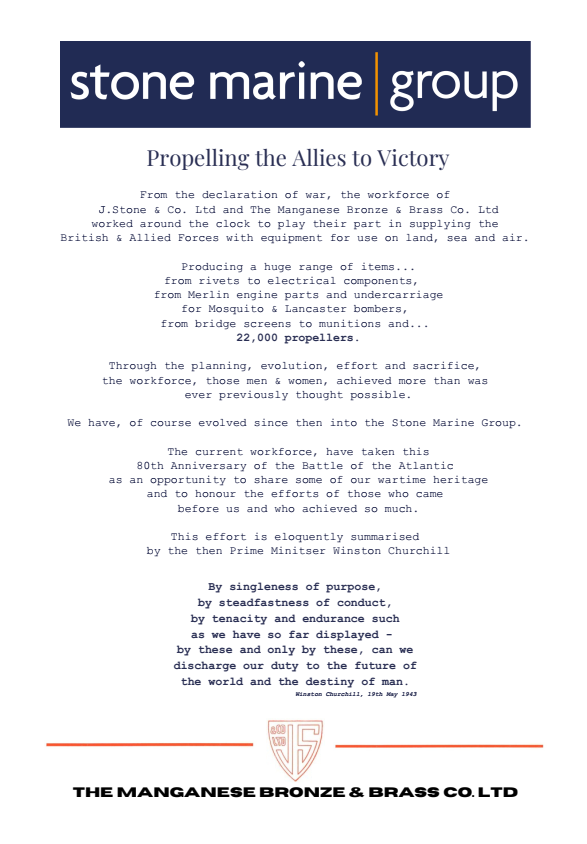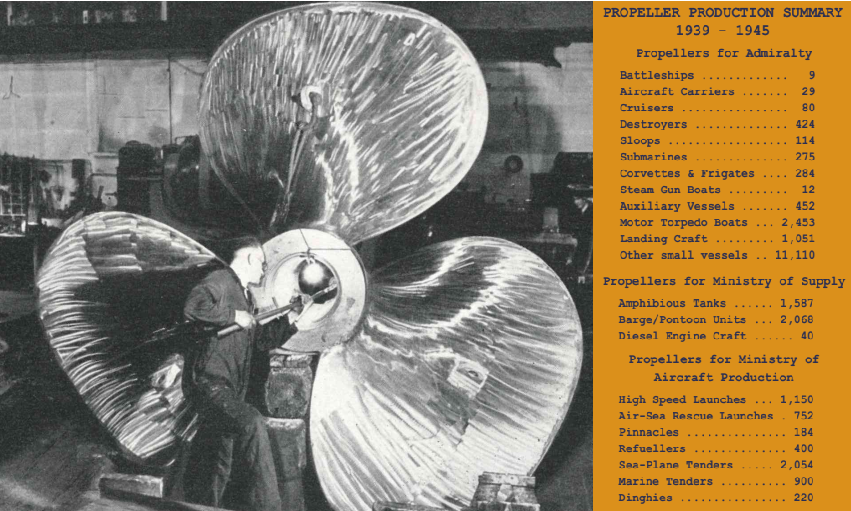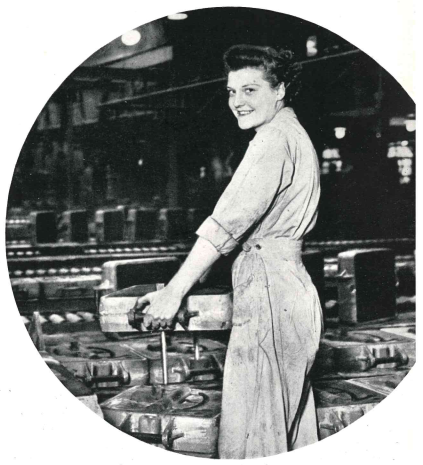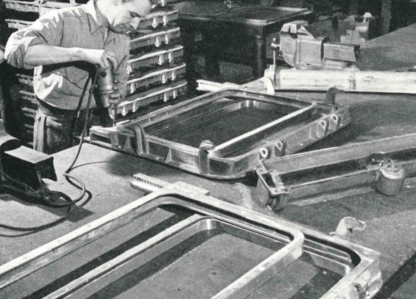Today we move to the next significant historical wartime period… and events that lead to significant changes in our history.
The image shown below is arguably one of the defining images of World War II.

A hellish scene and yet in its midst… defiance and hope.
We move onto the effects of the Blitz.
It is important to specify which area is being referred to as London was by no means the only area affected by concentrated night-time bombing. Liverpool & Coventry also suffered during their own periods under attack.
On September 7th, 1940, the London Blitz began.
Immediately the Woolwich Arsenal and the Millwall, Rotherhithe, West India and Surrey Docks were hit. When dusk fell that night
the J. Stone works in Deptford was circled with incendiary marker fires forming a perfect target for the raiders who returned in force that night and continued to return for the next 57 nights.
The image below shows the locations of bomb hits surrounding the Deptford works and despite repeated blasts from near misses,
remarkably it was never hit. This contrasted with the local housing which suffered extensive damage, homes completely destroyed and significant loss of life.

The Charlton works, however, was less fortunate than Deptford, from 1939-1945 the Charlton works suffered no less than 9 direct hits.
Each morning the works were searched, patched up and put back into full production but there was no escaping the need to minimize the effects of ongoing bombing campaign.
Early in 1941, a shadow factory, that had been identified and readied in late 1939, was immediately put into full production.
Whilst this was a remarkable achievement – it was well planned in advance.
During the ‘phoney’ war in 1939 and early 1940, while all talk was of invasion, strict plans were in put place to either relocate industry or put it beyond the use of the invaders very quickly. Each factory
had detailed plans for each scenario.
And so the Stones association with Birkenhead began and continues to this day.
Since certain machinery could not be replaced easily, these were now moved underground to bomb shelters. This reorganisation allowed for some innovation to address the bottlenecks brought about with increased production.
Areas of production such as machining were moved underground. Whilst this didn’t make the process any quicker, it did mean that machining could continue around the clock and without interruption from above.
There is often a question as to why there was a relocation to very near Liverpool – the most bombed area outside of London.
The answer is quite simple.
They were very near to the biggest port on the West Coast and to one of the biggest shipyards in the country (Cammell Laird Shiprepairers & Shipbuilders Limited).
They would also be at the heart of the efforts surrounding the Battle of the Atlantic.






